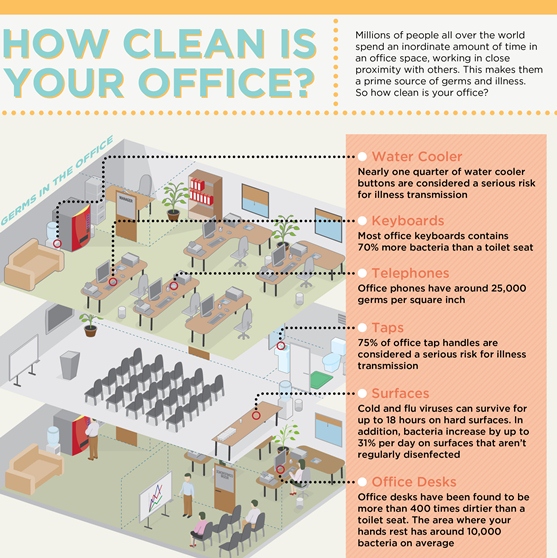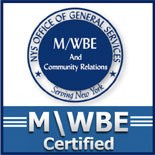Keeping Your Business Winter-Proof
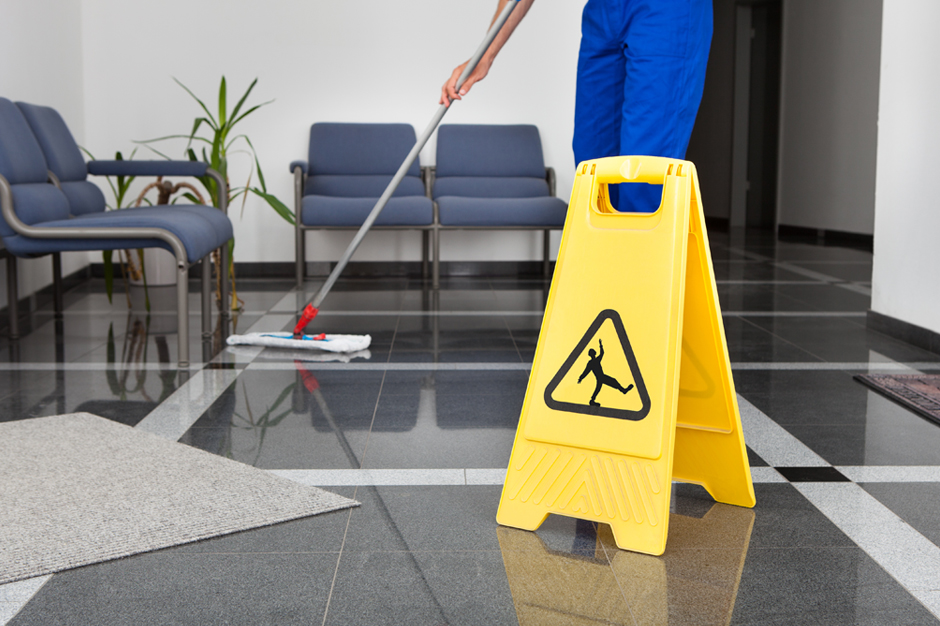
There is no doubt that winter is in full effect. From blizzards to extremely cold days, there is no denying where we live in the good old northeast. It seems that the ultimate goal is to batten down the hatches and keep that warm air inside. But, there are a few other tips to keep this winter a relatively pleasant (and clean) one.
Keep your parking lot snow/ice free
Try to keep your parking lot as free from ice and snow as possible. Nothing helps protect your employees and customers more from slips, accidents and injuries. Either hire a plow service, shovel by hand, salt it down or use a chemical deicer to keep your parking lot clear. Just be careful when you are using a deicer or rock salt, to make sure it won’t do any long term harm to your parking lot or surrounding vegetation. When in doubt, use less.
Protect your floors
Winter weather can be hell on your office floors. Dealing with the mess dragged in from outside can not only result in slushy and dirty floors, but the moisture left behind can be a breeding ground for mold and other bacteria. To best protect your floors you need to establish a first line of defense against the harmful elements. Welcome mats, especially the weatherproof kind, will solve a lot of your problems before they reach the rest of the building.
To maintain the rest of the building, increase the frequency of vacuuming and carpet cleaning until the weather gets warmer. The longer that salt and dirt remain in your carpet fibers, the quicker those fibers begin to breakdown and fray, creating more costly, long-term problems.
Maintain Air Quality
We are so focused with keeping everything comfortable and warm in the winter, that we forget to make sure our air is just as good. According to the EPA, indoor air quality can contain 3-5x more contaminants and pollutants than outdoor air. It’s important to make sure your HVAC ventilation systems are properly cleaned. You should also try using cleaning, maintenance and work supplies that don’t emit vapors or distribute airborne contaminants.
These are a few things to note when dealing with the colder elements of winter time. Please remember to stay warm and stay healthy!
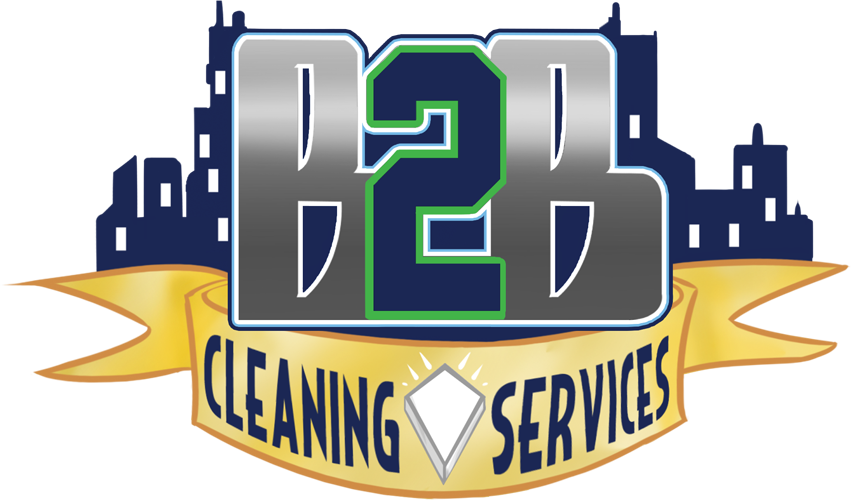

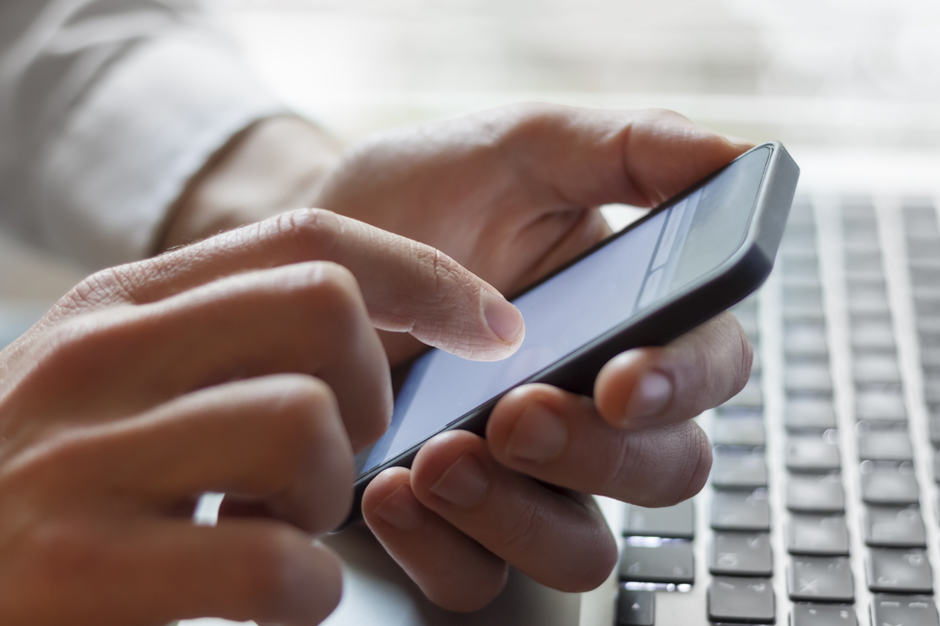
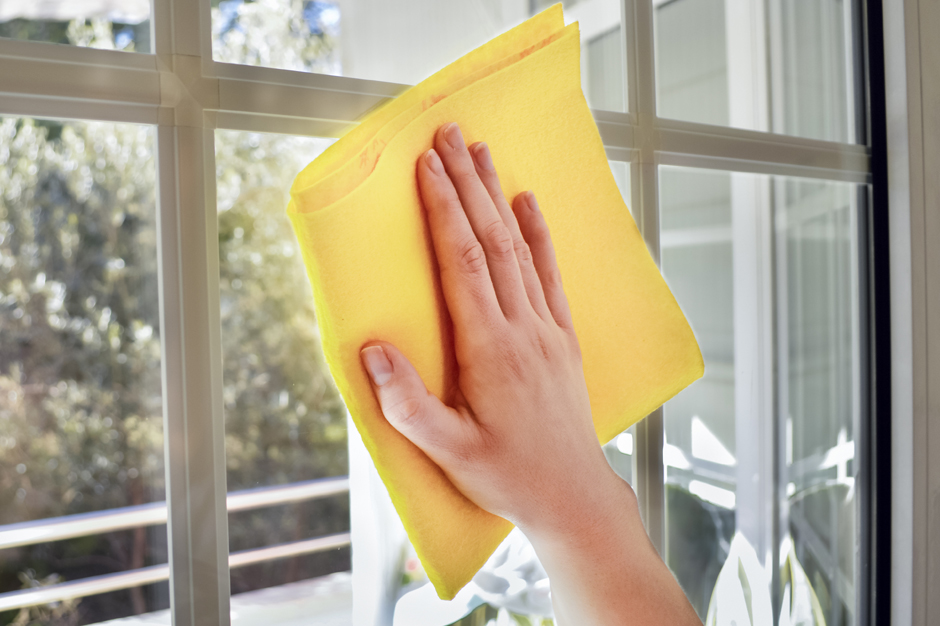
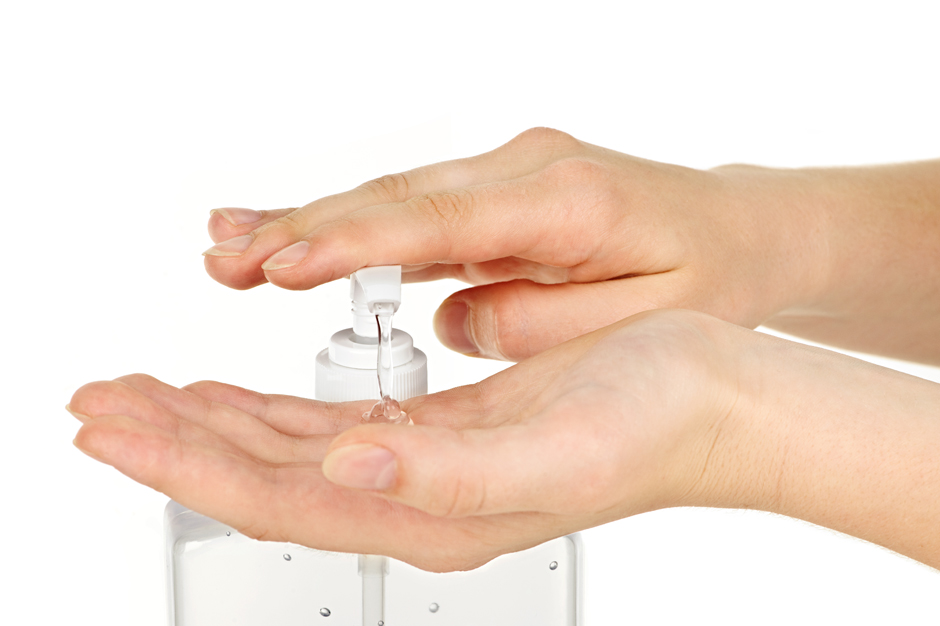
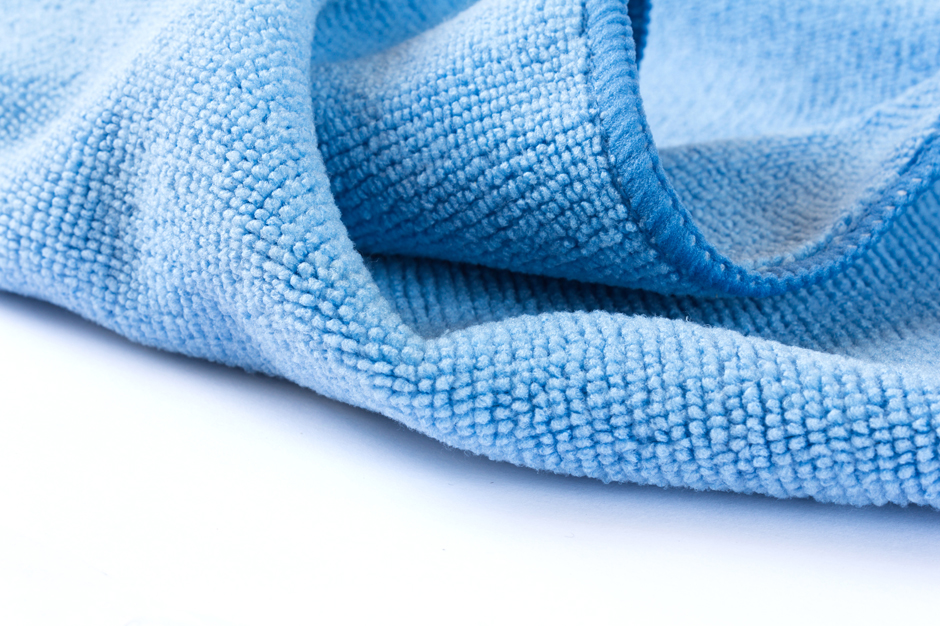

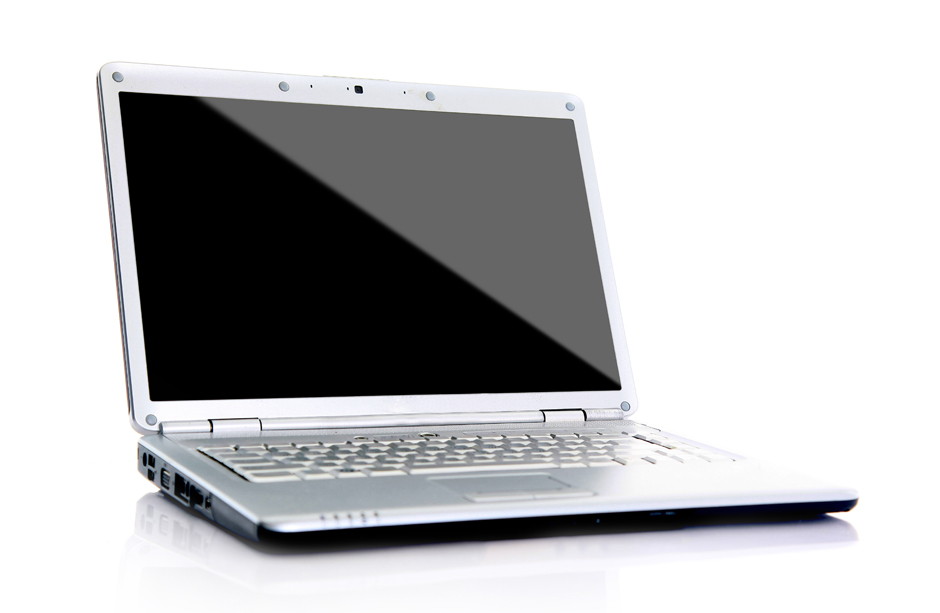
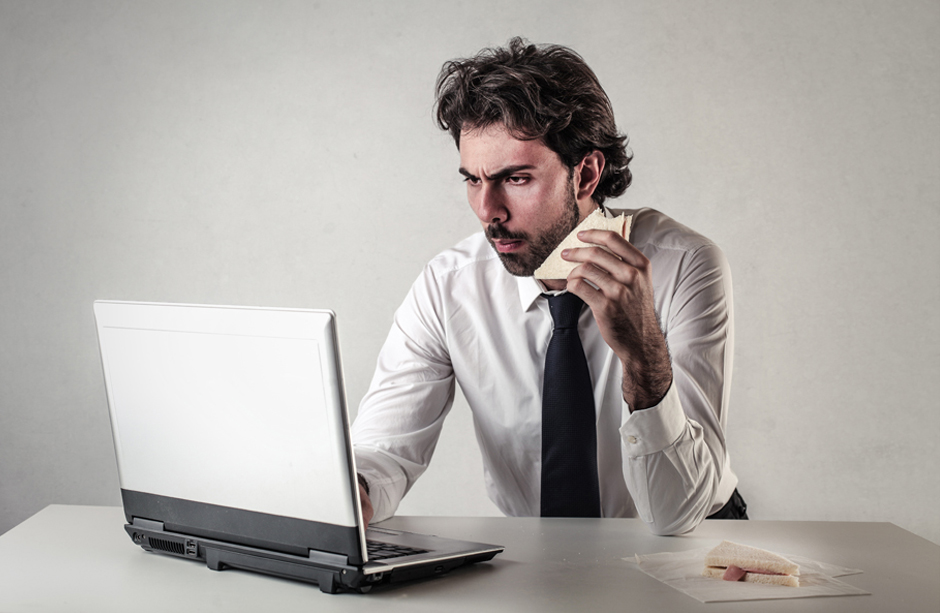
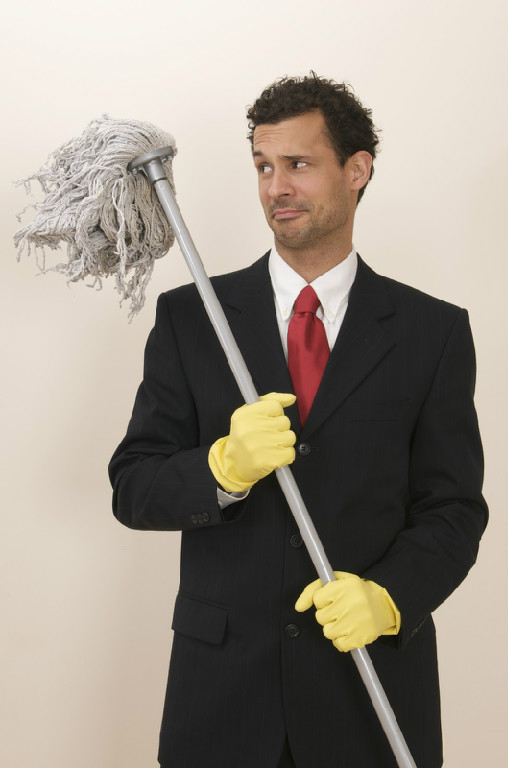 Because employees will often resent it if they are forced to clean the office along with everyone else, then from a managerial standpoint, this will only lower employee morale and cause unneeded problems and conflict down the line. If you are forcing your employees to address these cleaning issues, then it is not only taking them away from the job that your paying them to do, but oftentimes, the cleaning work done will be substandard at best. For all of these reasons, many business owners decide that it would be best for their company to hire an outside office cleaning company, who are professionals, and can do the job much easier than your employees, while cutting out all the unnecessary conflict associated with office cleaning.
Because employees will often resent it if they are forced to clean the office along with everyone else, then from a managerial standpoint, this will only lower employee morale and cause unneeded problems and conflict down the line. If you are forcing your employees to address these cleaning issues, then it is not only taking them away from the job that your paying them to do, but oftentimes, the cleaning work done will be substandard at best. For all of these reasons, many business owners decide that it would be best for their company to hire an outside office cleaning company, who are professionals, and can do the job much easier than your employees, while cutting out all the unnecessary conflict associated with office cleaning.